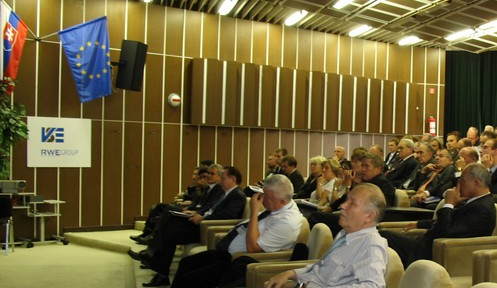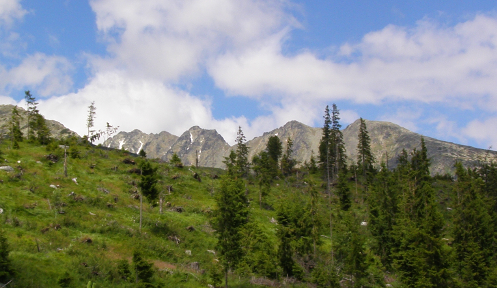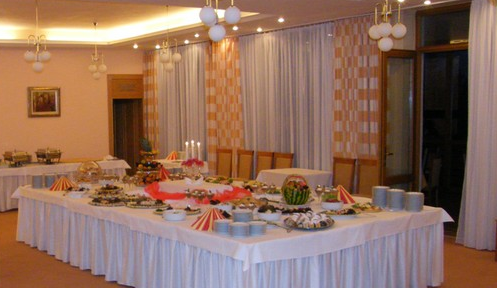|
Modelling of Sulphur-Iodine Water Splitting Cycles for Hydrogen Production
Miroslava Farkas Smitkova
UEAE FEI STU
Frantisek Janicek
UEAE FEI STU
Last modified:
2022-05-29
Abstract
Hydrogen could be an ideal energy carrier in the foreseeable future, and it can play an important role in future energy systems. For hydrogen production can be used a variety of methods and sources such as renewables as well as non-renewables which nowadays play a dominant role. On the other hand, for the future large-scale hydrogen production are more confident renewable energy sources and nuclear energy. One of the most promising methods for large-scale hydrogen production is thermo-chemical water decomposition using heat energy from nuclear, solar, and other sources.
The water splitting thermo-chemicals cycles (WSTC) are processes where water is decomposed into hydrogen and oxygen via chemical reactions, using intermediate substances which are recycled. There are over one hundred possible WSTC which use different chemicals, some of them are pure thermochemical, others use also electrolytic steps. One of the most promising thermochemical cycles for hydrogen production was chosen for our study: Sulphur-Iodine cycle (SI cycle).
Sulphur-Iodine cycle is a pure thermochemical cycle, therefore only energy source needed for its run is heat. Detailed simulation of the SI cycle was performed, and its thermodynamic analysis was calculated to evaluate the cycle´s efficiency, with respect to its thermodynamic theoretical values. Renewable source, solar energy, has been considered as a heat source for the SI cycle. The basic idea is to concentrate the sunlight using the solar systems and obtain heat at high temperature (over 700°C). The chemical transformation of reactants into products is strongly endothermic. The products at high temperature are separated, and the main product - pure hydrogen could be used e.g., in the fuel cells. Main results from the simulation and thermodynamic analysis are presented in the paper with respect to the advantages and disadvantages of the SI cycles and its possibilities for the future usage in the large-scale hydrogen production.
|
 |
|







